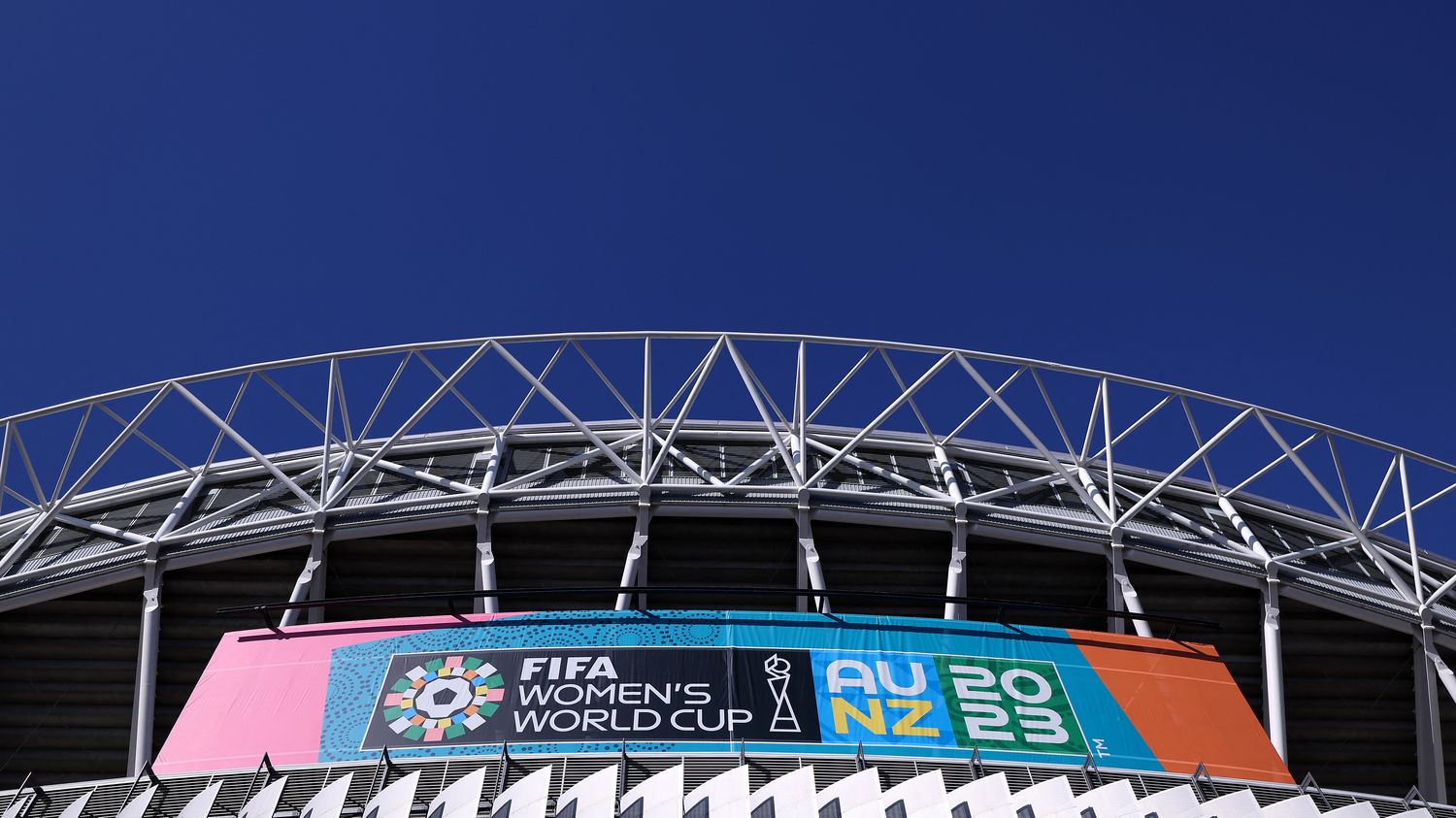For the first time in the history of the competition, 32 selections will compete in the World Cup, from July 20 to August 20, in Australia and New Zealand.
This is one of the big changes for this 2023 edition. In Australia and New Zealand, for the ninth Women’s World Cup in history, 32 countries will compete for the final victory and the trophy. The arrival of eight additional teams which follows and demonstrates the progression of the discipline in the world.
With 32 nations on the starting line for the first time, the women’s tournament begins a new era. Initiated by Fifa on the sidelines of the last World Cup in France, the change was adopted immediately after by the Council of the body, at the end of July 2019, three weeks after the final. He had been justified for “to feed” And “encourage” the development of women’s football: “The resounding success of the Women’s World Cup this year in France has shown the importance of riding this wave and taking concrete measures to encourage the growth of the discipline”assured at the time Gianni Infantino, the president of Fifa.
Eight novices out of 32 qualified
Concretely, the transition to 32 teams does not change the format of the competition much. Two groups are added to the group stage, to go from six to eight. Introduced in 2015, the Round of 16 will now oppose the first two of each group in a crossover fashion, as in the men’s tournament, instead of drafting the third highest ranked. In total, twelve more matches will be played compared to 2019.
“I think it’s a very good thing, because there are more and more good teams playing well”explains Charlotte Lorgeré, player in Nantes, former international and consultant for France Télévisions. “That’s mostly what Fifa was waiting to see, if the game continues to develop and if the level of all the teams gets closer, and it does.” “It is revealing that women’s football is developing and progressing all over the world”abounds Laëtitia Philippe, former guardian of the Blue and consultant for France Télévisions.
In 2023, eight teams from all continents (Portugal, Ireland, Morocco, Zambia, Philippines, Haiti, Vietnam, Panama), which evolve between 21st and 77th place in the FIFA rankings, will discover the World Cup, i.e. a quarter qualified ones. There will be at least one novice team in seven of the eight groups. For three of them (Zambia, Philippines and Vietnam), it will even be the first World Cup in the history of the country, men and women alike.
New nations “rising in power”
Qualified by play-offs but also through continental competitions which are also on the rise, some novices have already impressed, such as Zambia, semi-finalists of the last African Cup of Nations and author of a solid preparation campaign, completed by a victory in Germany (3-2). “This allows us to see countries that are gaining momentum, which are putting the means into their national team”explains Laëtitia Philippe.
In 2019, the announcement had all the same provoked reactions on the level of future qualifiers, after a World Cup during which the United States had notably crushed (13-0) Thailand, which was playing in the second World Cup of its history, and not qualified in 2023. “There are rookie teams who have little chance of going through the pools, but it promises very big games from the final phase”assures Charlotte Lorgeré.
With eight countries and twelve matches more than the edition in France, the enlargement and the enthusiasm can also have economic consequences. At the beginning of June, the president of Fifa, Gianni Infantino, announced that ticket sales had passed the symbolic bar of one million (1,032,884), to become the event of women’s sport with the most attendance in the world. The national attendance records for women’s football matches should also be beaten from the first days in the two host countries.
